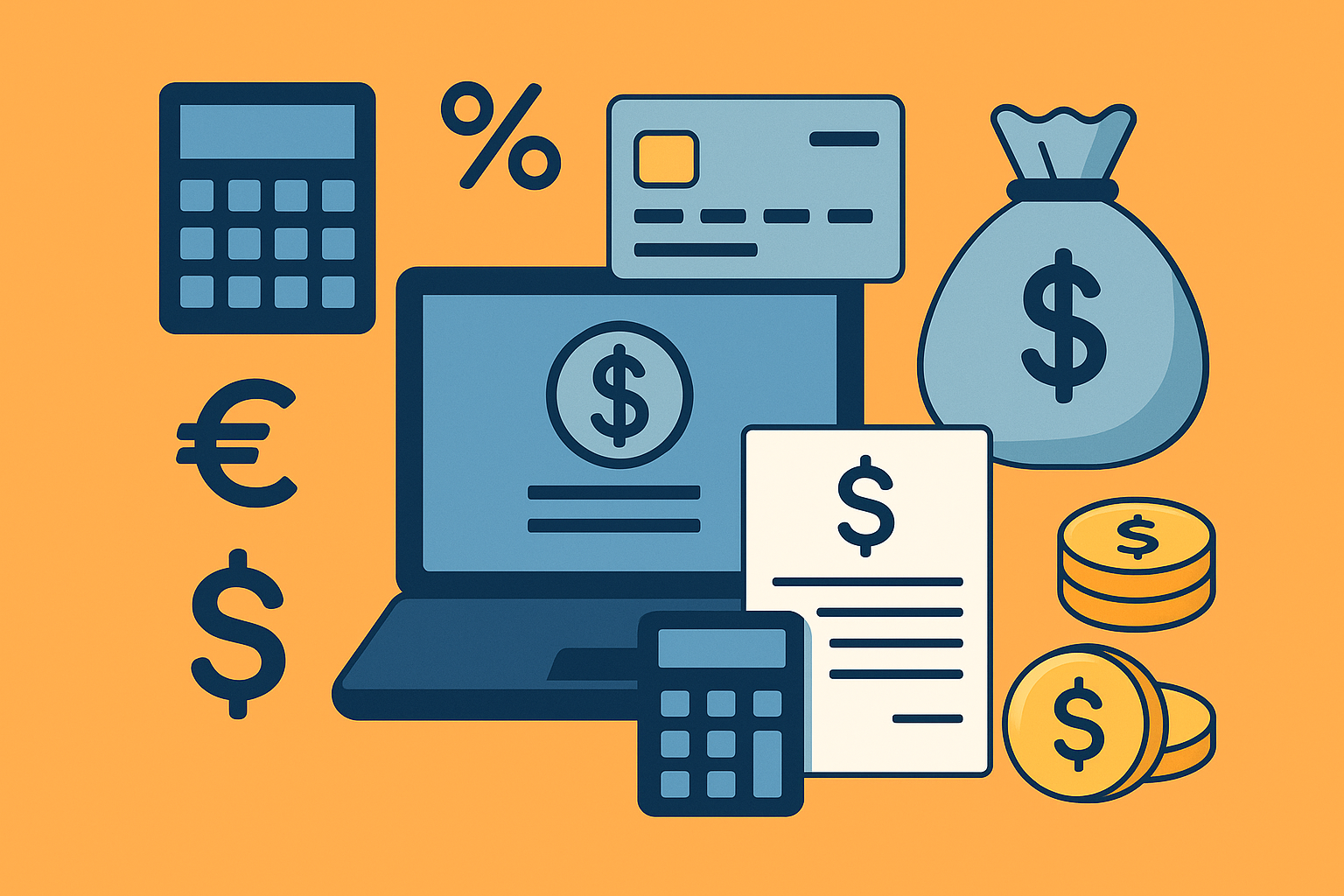Why Understanding Payoneer Fees Matters in 2025
For freelancers, remote workers, and small businesses, Payoneer remains one of the leading platforms for receiving international payments. However, as with any financial tool, fees can eat into your earnings if you don’t understand how they work. Knowing the exact fee structure in 2025 helps freelancers optimize income and avoid unpleasant surprises.
Main Types of Payoneer Fees
Payoneer fees are structured around different services. Here’s a breakdown:
- Receiving payments – Free if paid via another Payoneer account. Marketplace payments may include up to 3% commission depending on the partner.
- Currency conversion – Typically 0.5% above the mid-market rate.
- Withdrawals to bank accounts – $1.50 flat fee for local currency withdrawals, or up to 2% above the market rate for cross-currency withdrawals.
- Payoneer card transactions – $3.15 per ATM withdrawal, plus 1.8% for non-USD transactions.
- Annual card fee – Around $29.95 if you use the Payoneer prepaid Mastercard.
How Payoneer Compares to Alternatives
Compared to PayPal, Payoneer generally offers better exchange rates and lower withdrawal fees. Wise, however, may be cheaper for direct bank transfers in supported countries. Freelancers often choose Payoneer for its marketplace integrations (Upwork, Fiverr, Amazon, Airbnb, etc.) and its ability to manage multiple currencies under one account.
Real Example: Freelancer Earnings with Payoneer
Imagine a freelancer receives $1,000 from a US client:
- If received in USD and withdrawn to a USD account → $998.50 (after $1.50 flat withdrawal fee).
- If converted to EUR and withdrawn to an EU bank → Approx. €918 (after 0.5% conversion + $1.50 fee).
- If withdrawn via Payoneer card at ATM → Around $965 after ATM + currency conversion charges.
Best Practices to Reduce Payoneer Fees
1. Use Local Currency Accounts
Payoneer allows freelancers to hold balances in USD, EUR, GBP, CAD, JPY, AUD. Use these local receiving accounts to minimize conversion fees.
2. Batch Withdrawals
Instead of multiple small withdrawals, make larger ones less frequently to save on fixed fees.
3. Use Payoneer for Client Billing
Payoneer’s built-in billing service lets you invoice clients directly. This often results in lower transaction fees compared to third-party platforms.
4. Avoid High ATM Withdrawals
ATMs are convenient but costly. Whenever possible, transfer funds to your local bank instead of relying on cash withdrawals.
Payoneer vs. PayPal vs. Wise: Fee Comparison
| Feature | Payoneer | PayPal | Wise |
|---|---|---|---|
| Currency Conversion | 0.5% above mid-market | 3–4% | Mid-market + 0.35–0.5% |
| Withdrawal Fee | $1.50 (local) | $5–$10 | Varies, often <$1 |
| Marketplace Integration | Amazon, Upwork, Fiverr, Airbnb | eBay, Etsy | Limited |
Why Freelancers Still Prefer Payoneer
Even with fees, Payoneer remains one of the most reliable platforms for freelancers. Its strengths include multi-currency accounts, faster withdrawals, trusted partnerships with global marketplaces, and strong compliance with international banking standards.
Freelancers & Payoneer: Secure and Transparent
For freelancers, fee transparency is key. Payoneer provides detailed breakdowns of every transaction, so you know exactly how much you are paying. Sign up for Payoneer to simplify your global payments and minimize hidden costs.
Final Thoughts
Understanding Payoneer’s fee structure helps freelancers in 2025 plan smarter and retain more earnings. By using best practices, comparing alternatives, and choosing the right withdrawal strategy, freelancers can maximize their income and stay competitive in the global marketplace.
Disclosure: This article contains affiliate links. We may earn a commission if you sign up for Payoneer via our link, at no extra cost to you.





